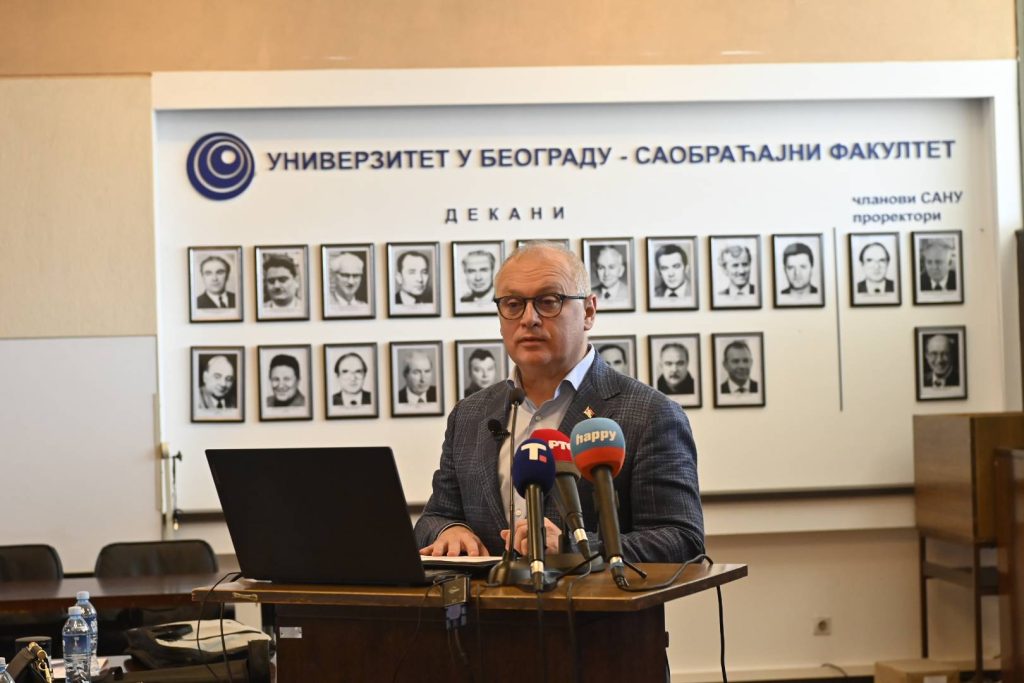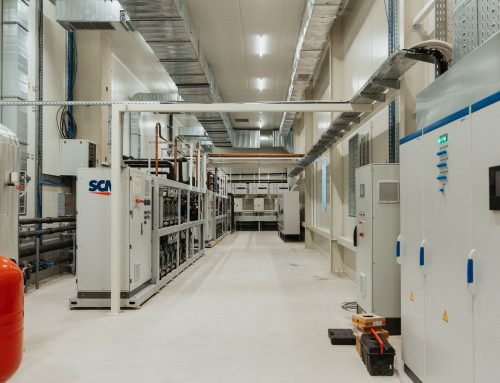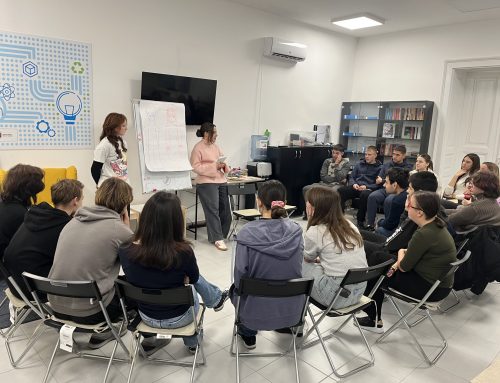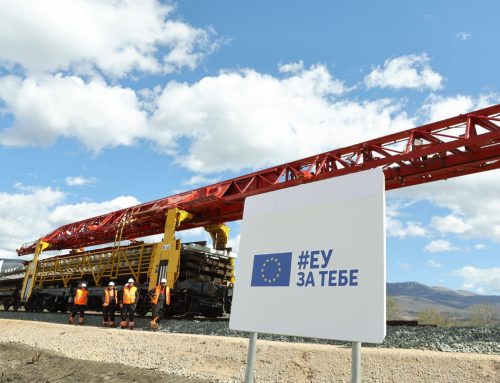There is a fine line between a safe travel and an unforeseen accident that sometimes causes serious and tragic consequences. What “thickens” that line is the awareness of all traffic participants about the importance and necessity of observing all traffic regulations and the specifics of different types of transport.
It is precisely under this title –Tanka je linija (The Thin Line), that the National Campaign to increase safety at railway crossings is taking place. The campaign was launched by the international organization Transport Community and the Ministry of Construction, Transport and Infrastructure, with the aim of raising public awareness and educating drivers and other participants in railway traffic about the dangers at railway crossings in Serbia.
The director of the Transport Community, Matej Zakonjšek, said that this campaign needs to point out the dangers of improperly crossing railway crossings, all with the aim of achieving the “Vision Zero” system – that there are no deaths in accidents at railway crossings.
“Accidents will happen, but the goal is that when they do happen, there are no fatalities. This requires the provision of crossings and the education of drivers and other traffic participants, as well as excellent coordination with the emergency services when an accident does occur”, said Zakonjšek and emphasized that Serbia continues to implement additional measures for the safety of railway crossings.
He stated that of more than 2,100 road-railway crossings in Serbia, about 400 are equipped with active protection consisting of sound and light signalling and barriers, and together with the World Bank and the European Bank for Reconstruction and Development, the modernization process for another 400 railway crossings has been initiated.
At the presentation of the National Campaign today it was emphasized that the railway crossings in Serbia have claimed the lives of 47 persons in the past eight years, and 131 were seriously injured.
The Minister of Construction, Transport and Infrastructure Goran Vesić pointed out that the next decade in Serbia will be the decade of railways, adding that this year more than six billion Serbian dinars were allocated in the infrastructure budget for the revitalization of existing railways, which is a significant step forward compared to the previous year.
Vesić said that in the coming period Serbia must intensively deal with traffic safety, because of the large percentage of those killed in both road and railway transport.
“The plan is to establish a designated department in the Ministry that will deal with safety in all modes of transport, because coordination is necessary”, said the Minister and added that the development of the domestic transport system and infrastructure is such that it is necessary to deal more with the issue of traffic safety.

Beograd, 18.01.2023. – U poslednjih osam godina 47 osoba je izgubilo zivot na pruznim prelazima u Srbiji, a 131 je teze povredjena, receno je na predstavljanju Nacionalne kampanje za podizanje bezbednosti na pruznim prelazima, danas na Saobracajnom fakultetu u Beogradu. Kampanju “Tanka je linija” pokrenuli su medjunarodna organizacija Transportna zajednica i Ministarstvo gradjevinarstva, saobracaja i infrastrukture, sa ciljem podizanja svesti u javnosti i edukacije vozaca i drugih ucesnika u zeleznickom saobracaju, o opasnostima na pruznim prelazima u Srbiji. Na fotografiji govori ministar gradjevinarstva, saobracaja i infrastrukture Goran Vesic. (BETAPHOTO/Ministarstvo gradjevinarstva, saobracaja i infrastrukture)
Vesić announced that the Law on Safety in Railway Traffic is part of a set of laws that will be adopted during the spring.
“The Ministry will propose around ten laws, including four railway laws that are part of our EU negotiations. With this, we will almost completely align with the EU regulations when it comes to railway transport, which I am particularly satisfied with”, said Vesić, Beta reported.
The Dean of the Faculty of Transport and Traffic Engineering, Nebojša Bojović, announced that this year the Faculty will host the most prestigious meeting in the field of railways “Rail Belgrade 2023”.
The Transport Community (TC) is an international organization founded with the aim of developing the transport network between the European Union and the countries of the Southeast Europe. Member of the Transport Community are the EU member states, as well as six countries of the Western Balkans – Albania, Bosnia and Herzegovina, North Macedonia, Kosovo, Montenegro and Serbia.
See how to cross the railway crossing properly:
Projects in the transport sector funded by the EU in Serbia aim to improve transport connectivity, and thus better economic integration within the region and integration of the region with the EU. In addition, the efforts that the EU invests in the transport sector through these projects are largely focused on market opening and the implementation of EU standards. Projects supported by the EU have significantly contributed to the railway reform process, the introduction of modern and most cost-effective road transport infrastructure maintenance practices, and the introduction of a river information system in order to improve navigation conditions on the inland waterways of Serbia
From 2000 until this day, EU support to the transport sector in Serbia has reached more than EUR 420 million in grants. In addition, more than EUR 40 million of EU grants have been set aside for the preparation of strategic priority investments in the field of transport, with a total value exceeding EUR 4 billion, which will be implemented in the future through a combination of EU grants and favourable loans.
Read more about the EU support to the transport sector of Serbia:
https://www.euzatebe.rs/rs/sektori/povezivanje-saobracaj
Related news:
https://europa.rs/povezanost-za-bolju-buducnost-zapadnog-balkana/
https://europa.rs/bezbedan-prelaz-za-korisnike-decije-biblioteke/





